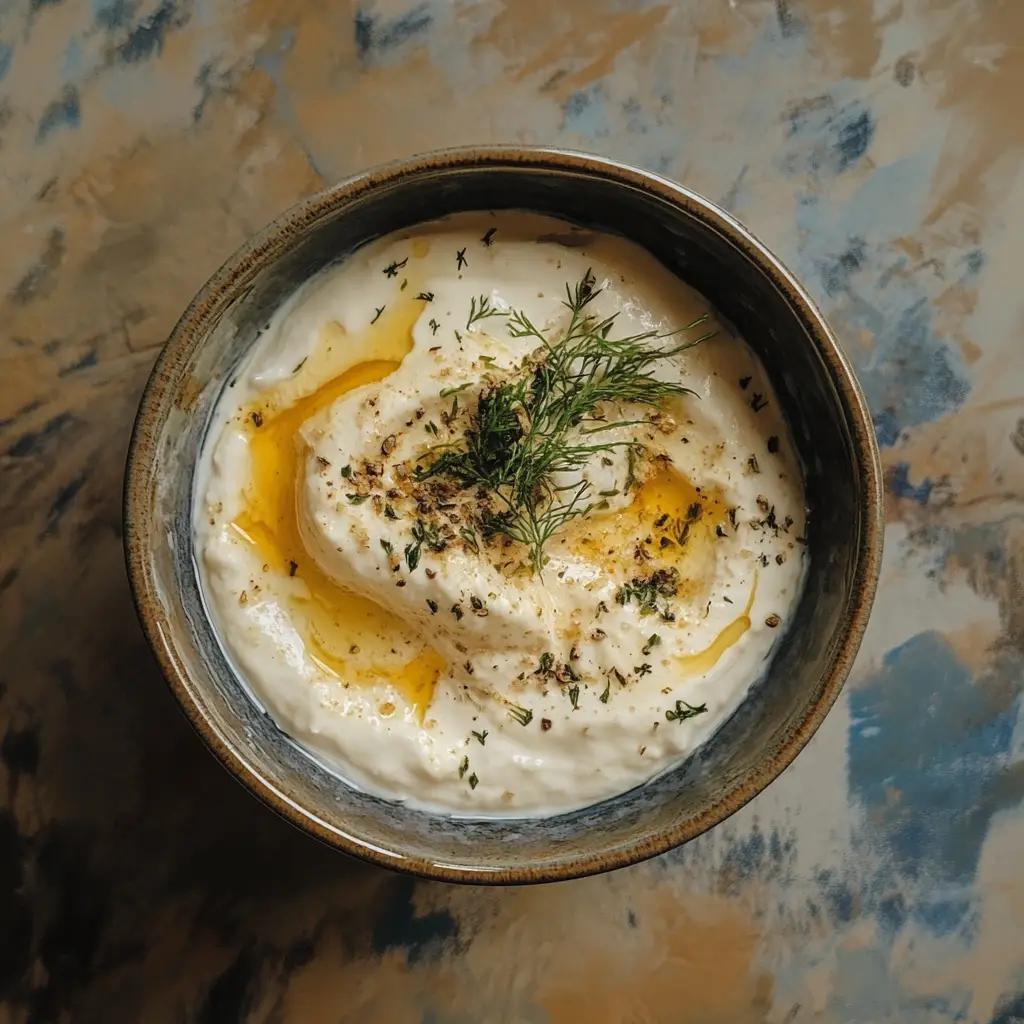Taramasalata, a creamy and flavourful dip, has a rich history rooted in Mediterranean cuisine. Recently, the UK has been experiencing a shortage of this popular dish, sparking renewed interest in its origins and traditional preparation. This article explores where taramasalata comes from, its cultural importance, and why it has become a favourite across the world.
The History of Taramasalata
The name *taramasalata* derives from the Greek words *tarama* (cured fish roe) and *salata* (salad). It is a traditional dish originating in Greece and surrounding Mediterranean regions, where the use of fish roe has been a longstanding culinary practice.
Traditionally, taramasalata is made by blending cured fish roe, typically from cod or carp, with olive oil, lemon juice, and a starchy base such as bread or mashed potatoes. This results in a smooth, creamy consistency and a flavour that balances savoury and tangy notes. The dish is a staple in Greek cuisine and is commonly served as part of a meze (small dish) platter.
Cultural Significance of Taramasalata
Taramasalata holds particular significance in Greek Orthodox traditions. It is often served on *Clean Monday* (*Kathara Deftera*), the first day of Lent, as a meat-free and dairy-free dish suitable for religious fasting. Beyond Greece, it has become a beloved dish in Mediterranean-inspired cuisines worldwide, enjoyed for its unique flavour and versatility.
Recent Shortage in the UK
The UK is currently facing a shortage of taramasalata due to disruptions in the supply chain for key ingredients such as fish roe. Rising production costs and increased demand have also contributed to reduced availability in supermarkets and restaurants. This has led some fans of the dish to try making their own homemade versions to satisfy their cravings during the shortage.
How to Make Homemade Taramasalata
If you’re struggling to find taramasalata in stores, making it at home can be a rewarding experience. Here’s a basic recipe to try:
- Ingredients: 100g cured fish roe, 150g stale bread (crusts removed), 1 small onion (optional), 1 cup olive oil, juice of 1 lemon.
- Method: Soak the bread in water, then squeeze out excess moisture. Blend the fish roe, bread, olive oil, lemon juice, and onion (if using) until smooth. Serve chilled with pita bread or vegetable sticks.
Related Questions
What is taramasalata made from?
Taramasalata is traditionally made from cured fish roe, olive oil, lemon juice, and bread or potatoes.
Is taramasalata healthy?
Taramasalata contains healthy fats from olive oil and fish roe, but it can also be high in salt. Moderation is recommended.
How is taramasalata traditionally served?
Taramasalata is typically served as part of a meze platter with bread or raw vegetables.




